It might sound cocky, but I feel like I've become an expert advisor when it comes to medical SEO strategy.
Across my years consulting for practices big and small, solo practitioners to major hospital networks, one universal challenge kept arising for clients - how do we stand out online to reach the right prospective patients? How do we compete digitally on patient trust and credibility?

The competitive dynamics have only intensified as more consumers than ever now turn to Google, social platforms and physician review sites as their decision-making starting points before pursuing any care options, whether for emergent needs or elective procedures. Over 70% enter a doctor's name into search before ever stepping foot into their office. The digital experience shapes first impressions.
Yet for even savvy medical marketers, healthcare SEO specifically comes loaded with nuances given sensitivities around regulated medical information disclosure, the emotional weight many searches carry, and the importance of conveying competency.
So in this comprehensive SEO guide tailored for the healthcare field, I'll outline actionable best practices leveraging years of in-the-trenches experience advising physicians, medical groups and health systems. My goal is to help today's modern medical practice effectively and authentically reach more prospective patients through search and build digital word of mouth, while keeping patient-centered care at the core.
Breaking Down the Basics of SEO for Healthcare
To build an SEO strategy optimized for the healthcare space, it's important to first understand some fundamentals around how search engines operate and how patients turn to online sources.
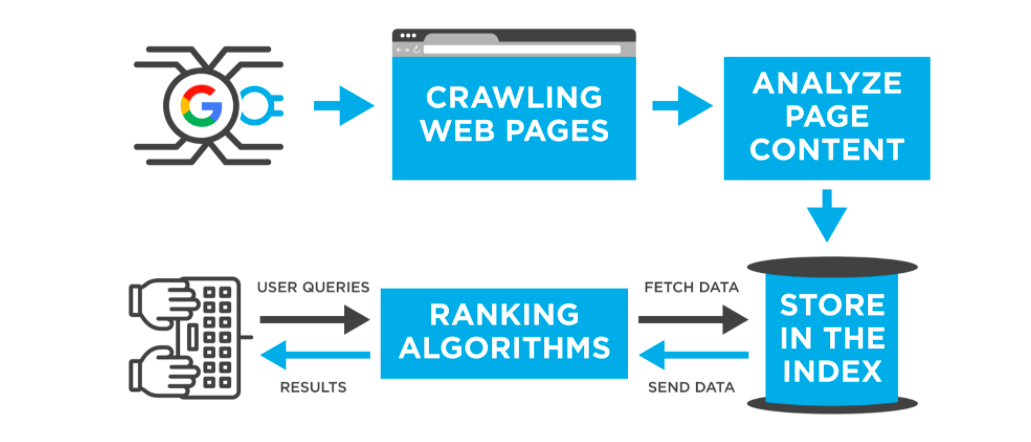
Understanding Search Engine Algorithms and Patient Search Behaviors
The backbone of search engine technology lies within its algorithm - essentially a complex set of formulas and rules that determine what results to show users for any given search query. The key for SEO is understanding how certain factors like keywords, site structure, online authority signals and content can influence algorithmic rankings so you can optimize accordingly.
Specific for those in the medical field, it's also vital to gain insight into patient search behavior and what motivates people to search for healthcare information online. For instance, studies show over 70% of healthcare searches are for specific symptoms while others are focused on finding care options for a diagnosed condition. Building content around these needs with empathy and care is crucial.
| Search Intent | Example Searches |
|---|---|
| Self-diagnosis | headache causes; leg pain symptoms; chest pain in women |
| Seeking second opinions | arthritis treatment options; pros and cons of surgery |
| Finding care | therapist near me; best cancer hospitals |
| Patient education | diabetes management; preparing for surgery |
The Importance of Mobile Optimization and Site Speed
Considering Google's algorithm gives strong preference to pages that offer good mobile and site speed performance, healthcare sites that are not optimized for mobile devices or load slowly can get buried beneath faster competitors.

With small screens, slower connections and quick in-the-moment searching, serving patients accurate content quickly and seamlessly on mobile can make a big difference for driving engagement.
Creating a Healthcare SEO Plan: A Step-by-Step Approach
When it comes to actually implementing SEO for your healthcare practice, having a documented framework planned out ahead of time for execution is key for success. Here is an overview of the step-by-step planning process:

Setting Clear SEO Goals and Objectives
Begin by outlining the core goals you want to achieve from your SEO efforts for the year ahead. These could include:
- Increasing organic website traffic by 30% year-over-year
- Getting 10+ relevant healthcare focused backlinks per month
- Improving keyword rankings for core medical services
- Growing social media following and engagement
Whatever your key objectives are, outline them clearly here so you can refer to them and track progress.
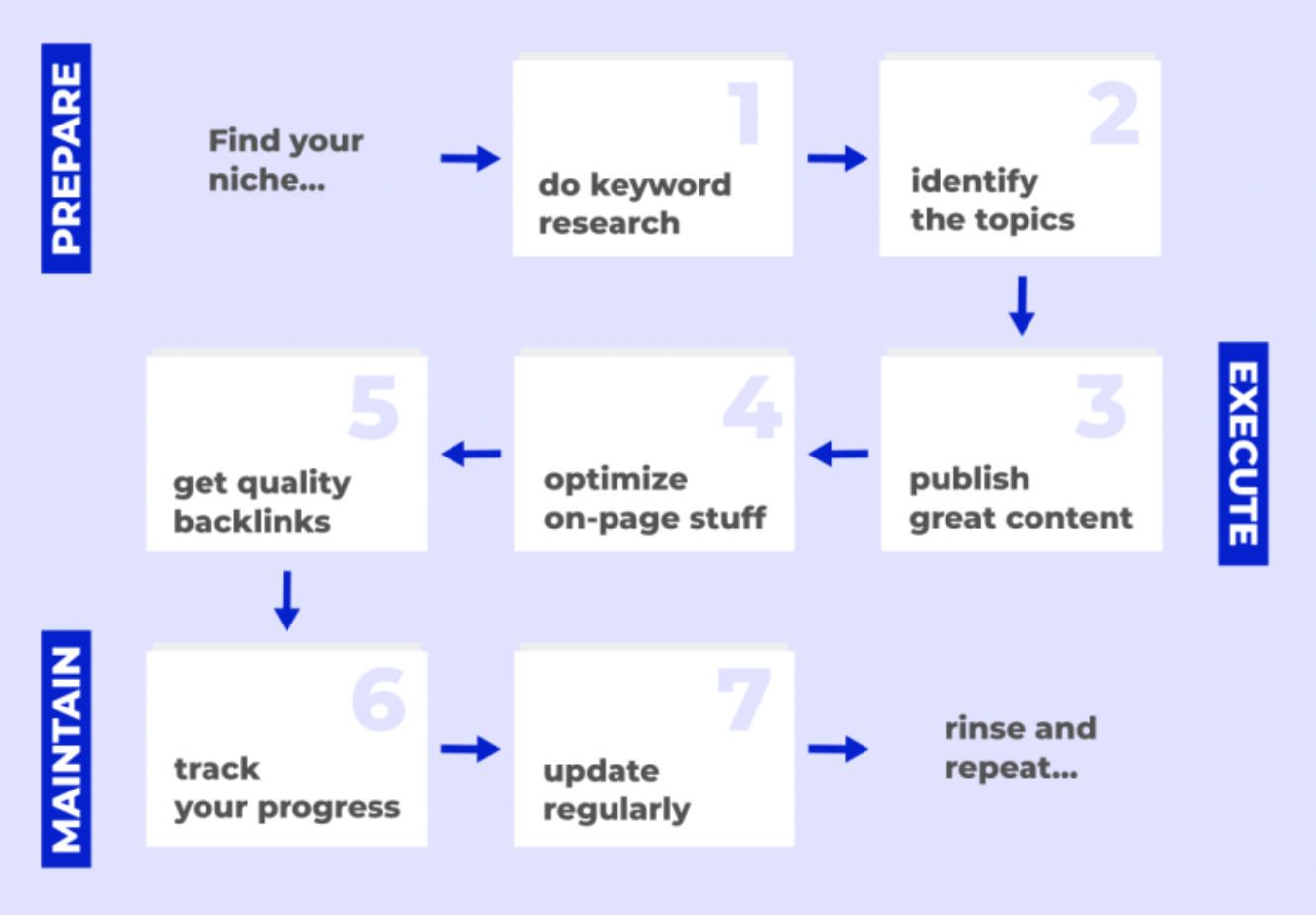
Developing a Structured Plan for Implementation
Next, map out a high-level timeline for how core SEO initiatives will be rolled out over the coming months.
This serves as your SEO launch plan overview:
| Month | SEO Focus Area | Actions |
|---|---|---|
| 1 | Technical SEO Audit | Ensure site is indexed properly; optimize site speed/mobile |
| 2 | Content Gap Analysis | Identify missing or outdated content to address |
| 3 | Blog Launch | Begin publishing 2x monthly long-form articles |
| 4 | Backlink Outreach | Pursue backlink opportunities with similar sites |
| 5-12 | Ongoing Content & Link Building | Consistently create content and build links |
Adjust this framework as needed based on your own goals, but having a structured timeline in place is key. From here, flesh out more tactical details around topic ideas, measurement tracking, and responsibilities across your team.
Patient Trust Factors
| Factor | % Influencing Trust | Details |
|---|---|---|
| Bedside Manner | 76% | Empathetic and compassionate |
| Treatment Competency | 71% | Proven medical capabilities |
| Staff Professionalism | 68% | Courteous and timely |
| Wait Times | 63% | Appointments readily available |
| Facility Environment | 51% | Warm, clean and modern |
Building Trust and Authority Through SEO
Gaining the trust and confidence of prospective patients involves establishing your credibility and medical expertise through both your content and online influence. This involves efforts around thought leadership content creation and earning endorsements signals.

Techniques for Establishing Credibility Online
Some best practices for credibility building include:
- Clearly showcase doctor/provider credentials like medical school, certifications, awards etc.
- Develop robust physician/provider profile pages highlighting background, philosophy of care, areas of focus/expertise etc.
- Publish educational long-form articles establishing clout on relevant healthcare topics
- Promote media appearances, conferences talks, quotes/coverage in the press on your platforms
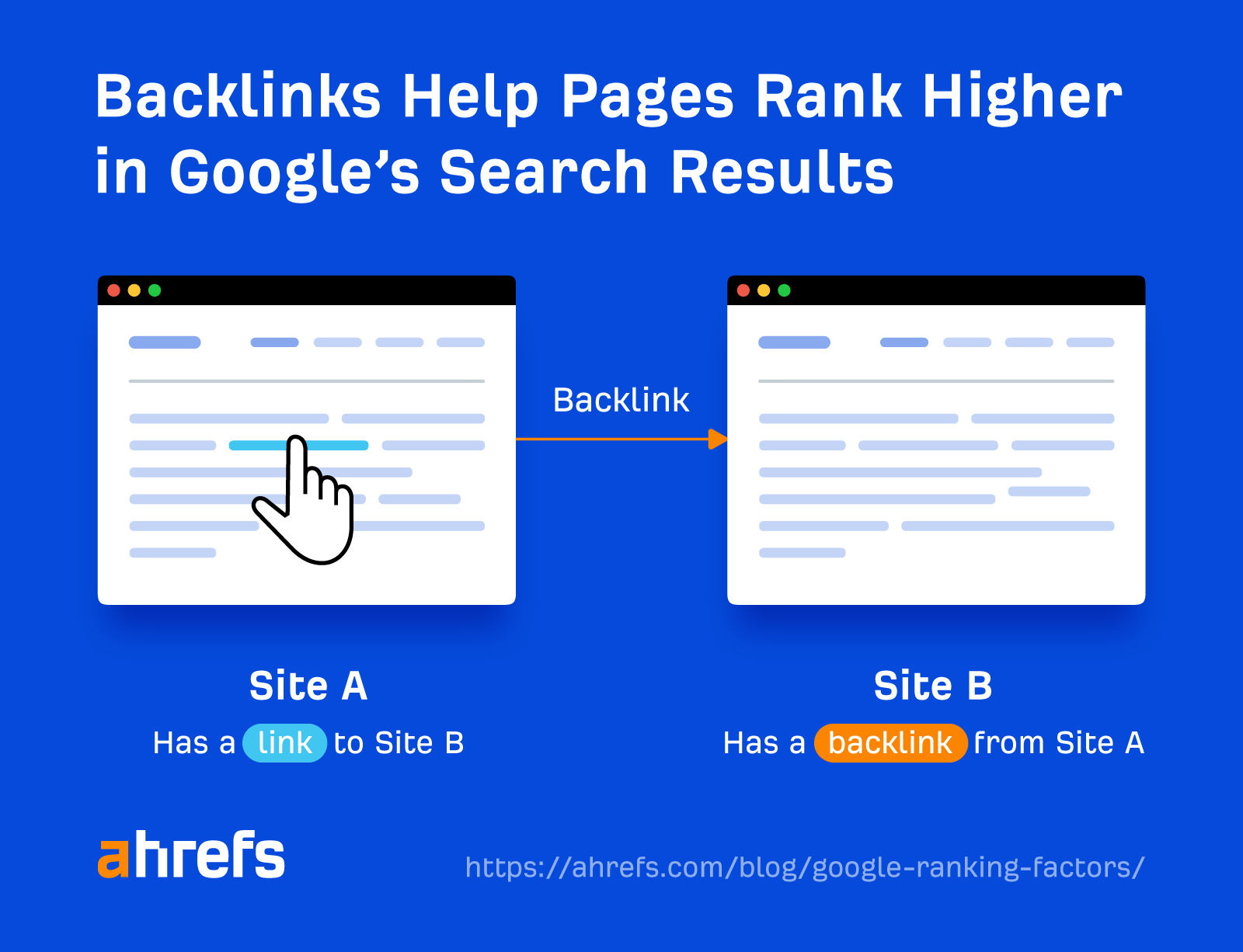
The Role of Authoritative Backlinks and Citations
In addition to content, earning backlink endorsements from other reputable sites in the medical space carries significant influence. This includes:
- Getting provider profiles listed on insurance/network pages
- Guest posting on hospital/organization blogs
- Contributor commentary on health publications
- Featured nominations in regional/industry “best doctors” lists
- Citations from academic journals and medical databases
Combined, these efforts can go a long way towards establishing domain expertise both for SEO and user trust.
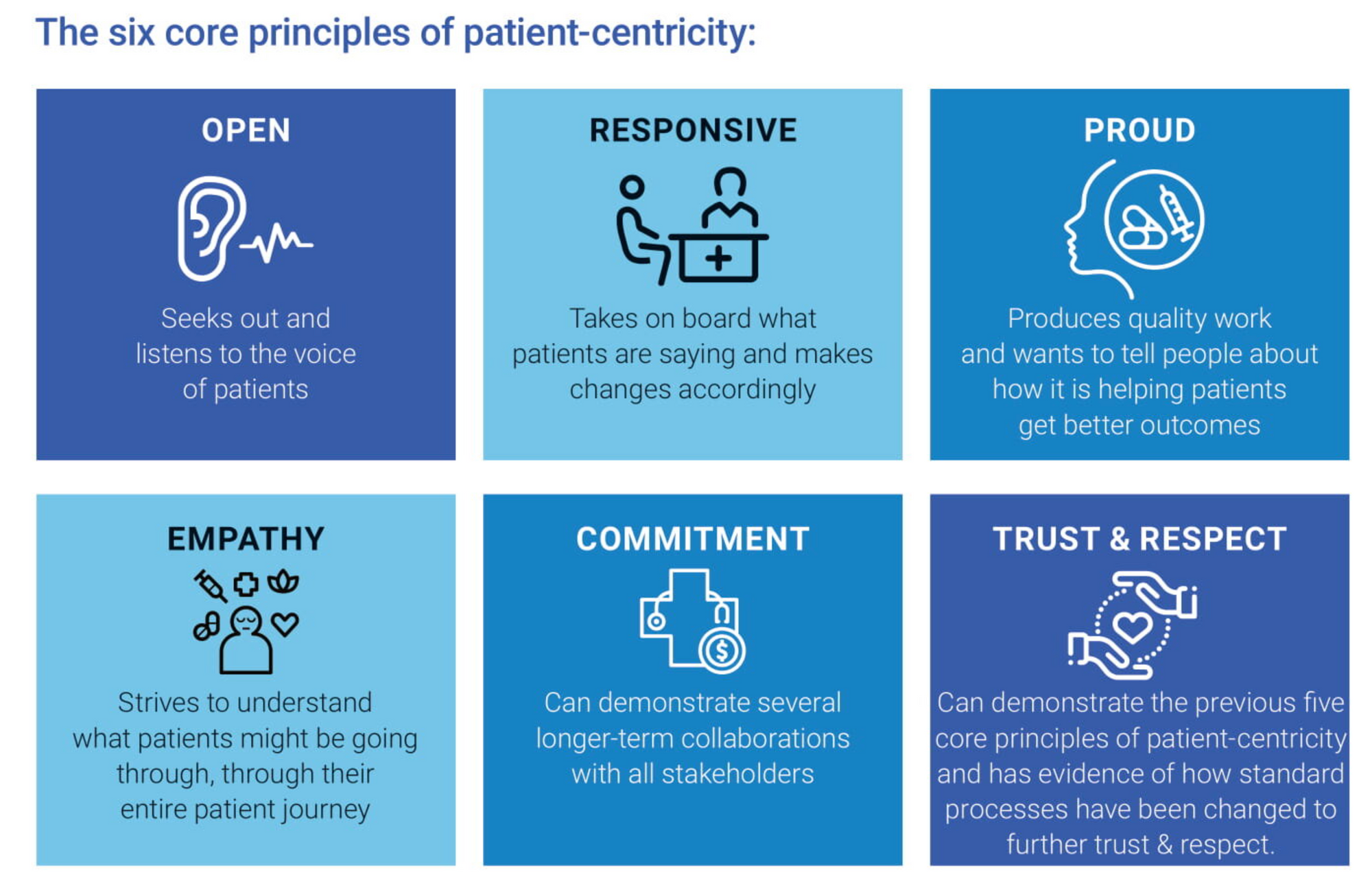
The Power of Patient-Centric Content
Understanding patient pain points around medical issues along with speaking directly to their questions and concerns through your content can really help with engagement and lead generation. Here are some key optimization tips for crafting patient-focused content:
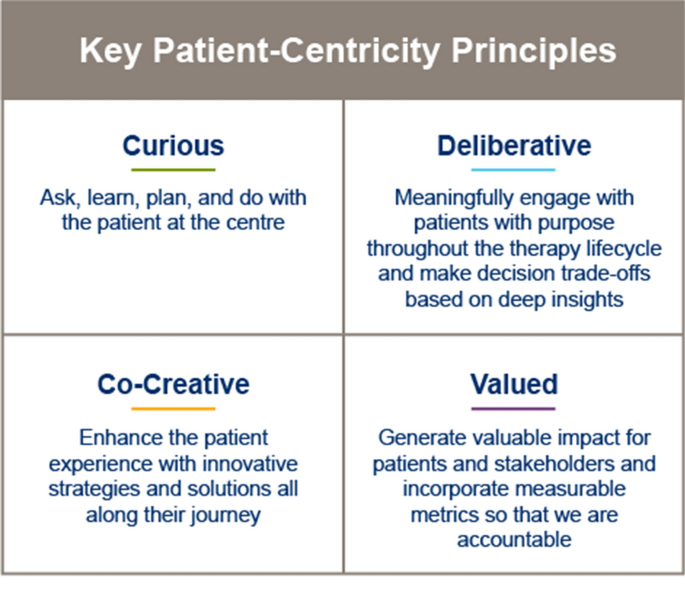
Creating Content That Answers Patient Queries
Referring back to the table above on patient search intent, target informational content around the types of questions real people are asking. For example:
- “Top 10 Causes of Headaches and Treatment Tips”
- “Leg Pain at Night: Symptoms to Watch For”
- “What is a Cardiologist and When to See One”
Speak to patients naturally in their language while emphasizing your expertise.

Incorporating Patient Stories and Case Studies
Quote real patient perspectives and feature case studies around specific medical issues that prospects may relate to. For example:
"For years I struggled with worsening arthritis pain until meeting with Dr. Linda. She walked me through all my treatment options until we found an approach that worked wonderfully" - Jane D.
This helps humanize your practice and the care experience.

Navigating the Complexities of SEO in Sensitive Healthcare Topics
Certain complex healthcare topics around issues like sexual health, mental illness and terminal diseases require extra sensitivity.

Handling Sensitive Topics with Care and Compliance
When tackling these topics:
- Strictly comply with medical information disclosure laws
- Review carefully with legal/compliance teams
- Avoid trivializing or simplifying too extremely
- Focus on education, treatments, credible sources
- Prioritize compassionate, non-judgmental language
As search interest grows in these areas, ensure the information you provide meets both patient needs and ethical/legal standards.
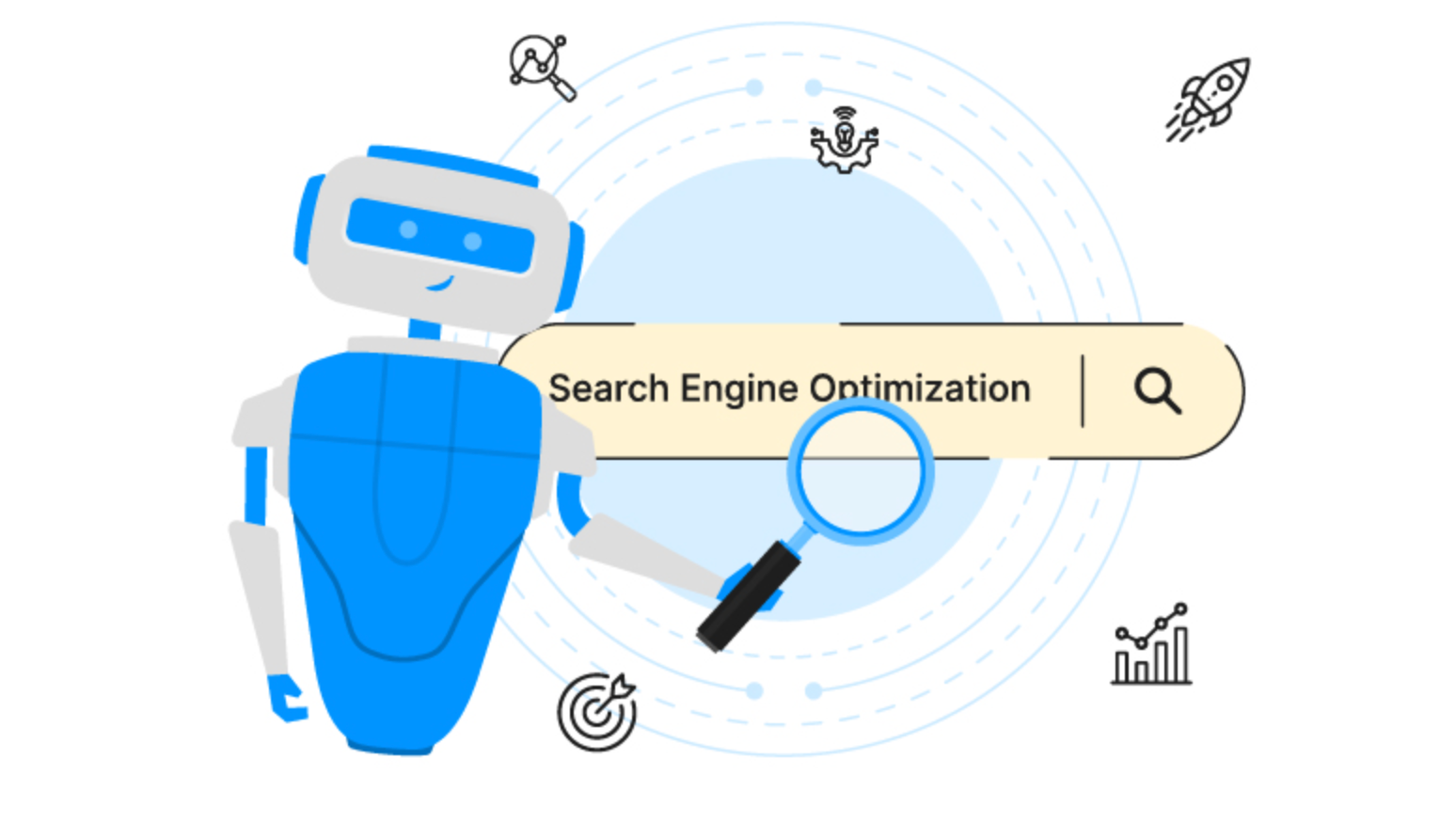
Advanced SEO Tactics: From Voice Search to AI
Finally, keep an eye on emerging SEO trends reshaping digital healthcare.
Preparing for Emerging SEO Trends in Healthcare
Such innovations include:
- Voice search optimization for conversational queries
- Leveraging AI for better diagnosis assist and patient support
- Adjusting to shifts in consumer search behavior patterns
Emerging SEO Trends Timeline
| Trend | Projected Timeframe | SEO Impact |
|---|---|---|
| Voice Search Adoption | Accelerate over 12-18 months | Answering conversational queries |
| Artificial Intelligence | Gradual over next 3 years | Automating diagnosis and support |
| 5G Mobile Networks | ~40% patients in 2 years | Much faster page load speeds |
Evaluate new opportunities with care rather than rushing adoption. But preparing early for changes underway can help secure your SEO presence amidst an evolving industry.
Takeaways
Implementing an effective SEO strategy requires ongoing dedication across multiple key areas for today's practitioner - from thoughtful content development and consumer oriented optimization to earned endorsements through backlink building and thought leadership amplification.
While advancing your discoverability and engaging patients through search is an incremental journey requiring patience and persistence, by providing value to the consumers and industry along the way, the long-term rewards for your practice can be immense. So stay tuned into algorithm updates, keep crafting helpful material for the questioning patient, and keep striving to build trust and authority around the care you provide.






